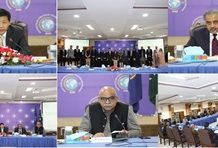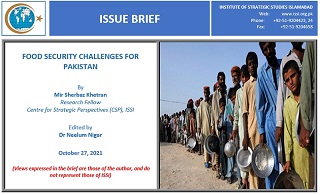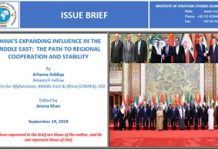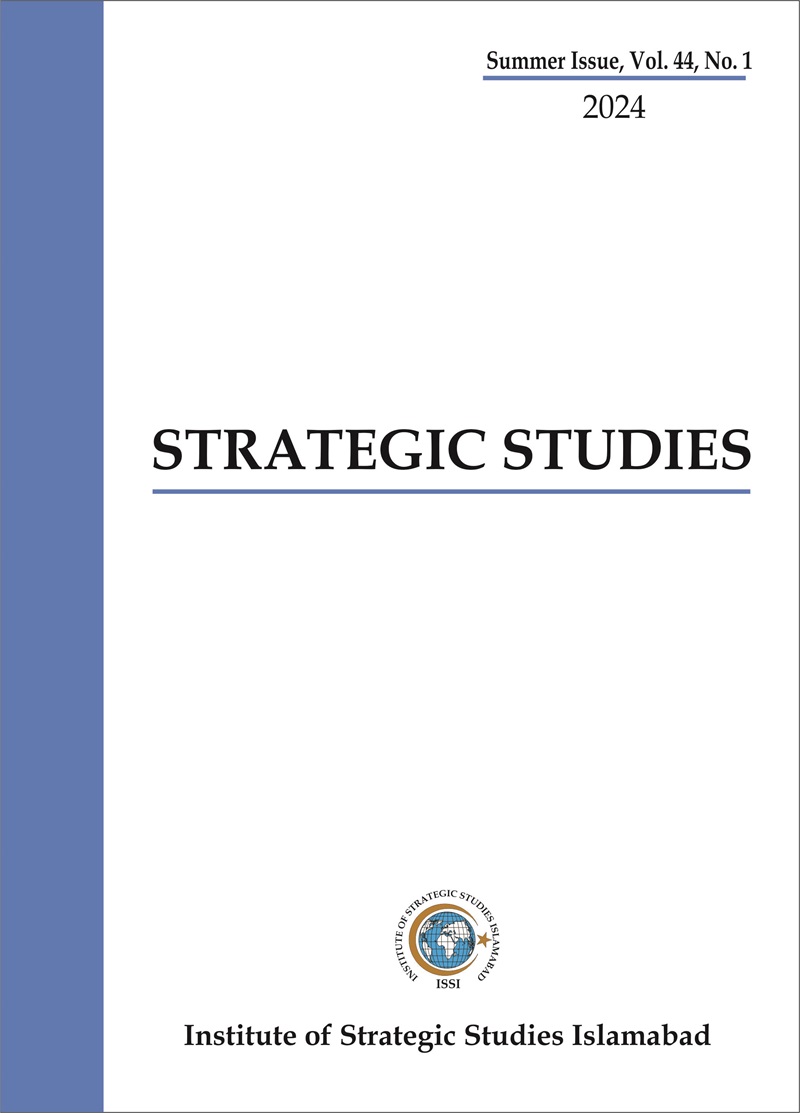Globally, the issue of food insecurity has taken the central stage of policymakers. Nearly a billion people across the world experience the effects of food insecurity with the largest proportion of undernourished people living in Asia and the Pacific Islands, followed by Sub-Saharan Africa.[1]
Pakistan has also been one of the worst impacted nations in the world in terms of a massive increase in the number of chronically food insecure population. Prime Minister Imran Khan while announcing the Kisan Card said that “farmers are the backbone of Pakistan and it is a step in moving towards modern agriculture and would transform and change Pakistan.” [2] Recent food crisis in the country has attracted popular attention throughout the country, while there is also criticism of the policy makers for being unable to present a timely assessment of demand and supply. This issue has been further augmented by the recent food price crisis which has adversely impacted upon the purchasing power of those already living below the poverty line of less than $2 a day. According to the International Food Security Assessment by the US Department of Agriculture in the coming decade from 2021-31, a total of 38 percent of the population of Pakistan is going to be food insecure. This assessment also reports that Pakistan suffers from the largest food gap in the whole region, with the highest food insecurity level even below Bangladesh. It stands at 389 with Nepal around 255.[3] Moreover, a recent survey conducted by the World Food Programme suggests that around 82 per cent of children in Pakistan have been deprived of a meal when they need one, and has the second-highest rate of malnutrition in the region. Approximately 18 per cent of children under the age of five suffer from acute malnutrition and 40 per cent of children in the same age group suffer from stunted growth. According to a Pakistan Bureau of Statistics report, 16% of the population is experiencing moderate or severe food insecurity. The incidence is twice as high among the rural population, 20%, as among the urban, 9.2%. Moreover, three out of five households are experiencing food insecurity.
















